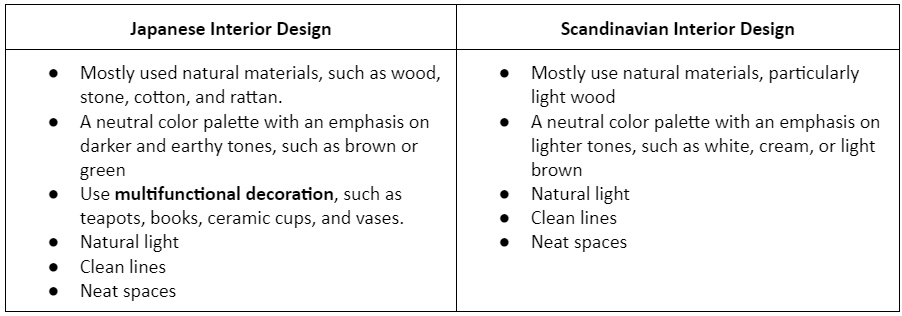Top 3 Modern Interior Design Trends for Sustainable Homes
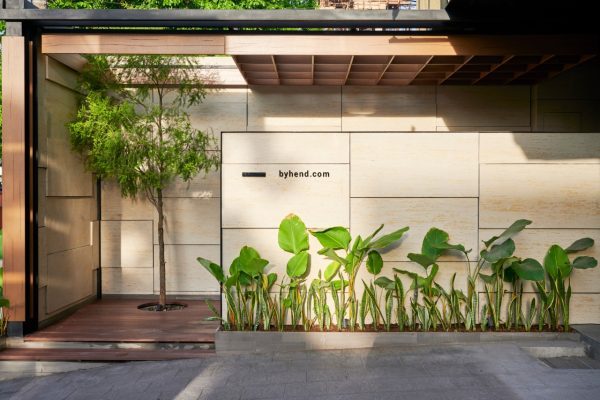
While we are approaching the end of 2024, here are some interior style recap you need to know this year!
As the world of architecture and design is constantly evolving, with new trends emerging every year. In 2024, we saw a rise in various designs from minimalist to sustainable style. Along with the evolving of trendy design styles, people started to be more aware of sustainability issues. Based on that we decided to show our top 3 modern design trends for Sustainable homes that might not go away anytime soon. Let’s explore them in detail and see how ReHolz can bring these trends to life with its future materials.
Minimalist Design
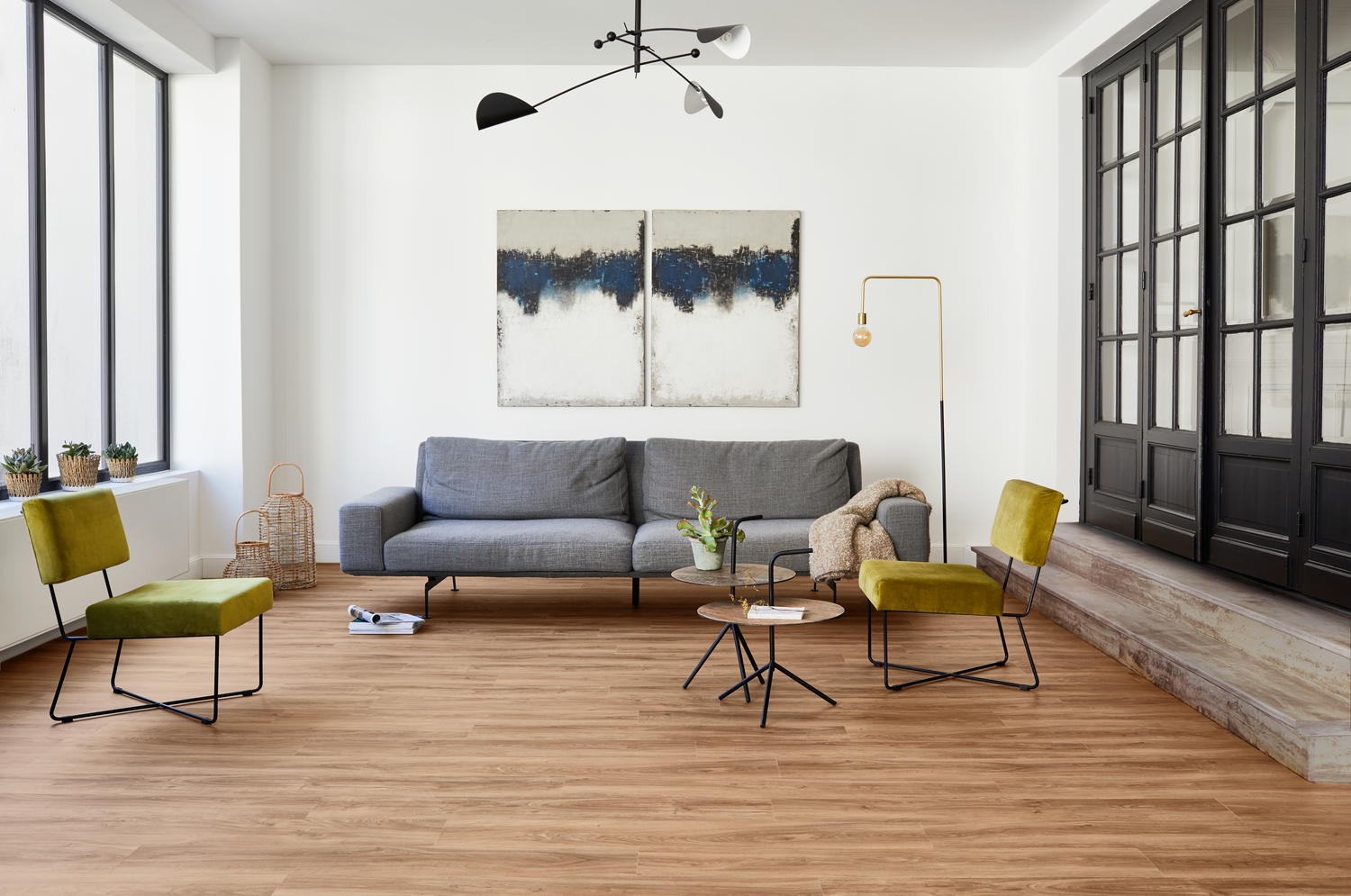
Simple and functional are the best words to describe minimalist design.
A minimalist design is a popular trend year after year, including this year. The combination of minimalist style, furniture, interior design, and the functional side provides a sense of peace and cleanliness. This design aesthetic is often seen as a close relative to Scandinavian or Japanese styles, both of which embraced a “less is more” ideology. This design achieves a pure type of elegance by using minimal materials, neutral colors, and eliminating unnecessary decoration.
As the English architect and designer, Augustus Pugin, once stated, “In pure architecture, the smallest detail should have a meaning or serve a purpose.” Each element in this design contributes to a peaceful, clean, and minimalist atmosphere.
The Main Characteristics of Minimalist Interior Design
When considering the Western minimalist style as we understand it today, interiors that love to play with this aesthetic often include these elements:
- Clean and simple lines
- Lack of ornamentation and decoration
- Neutral color palettes, such as white, beige, gray, and taupe.
- Well chosen materials, such as wood, concrete, steel, glass, and wood
- Functional furniture
- Natural lights
The Pros and Cons of the Minimalist Interior Design Style
There are pros and cons regarding minimalist interior design style. Before committing to a minimalist design style, you need to consider these factors:
The Pros and Cons of a Minimalist Interior Design
Minimalist design in ReHolz Project
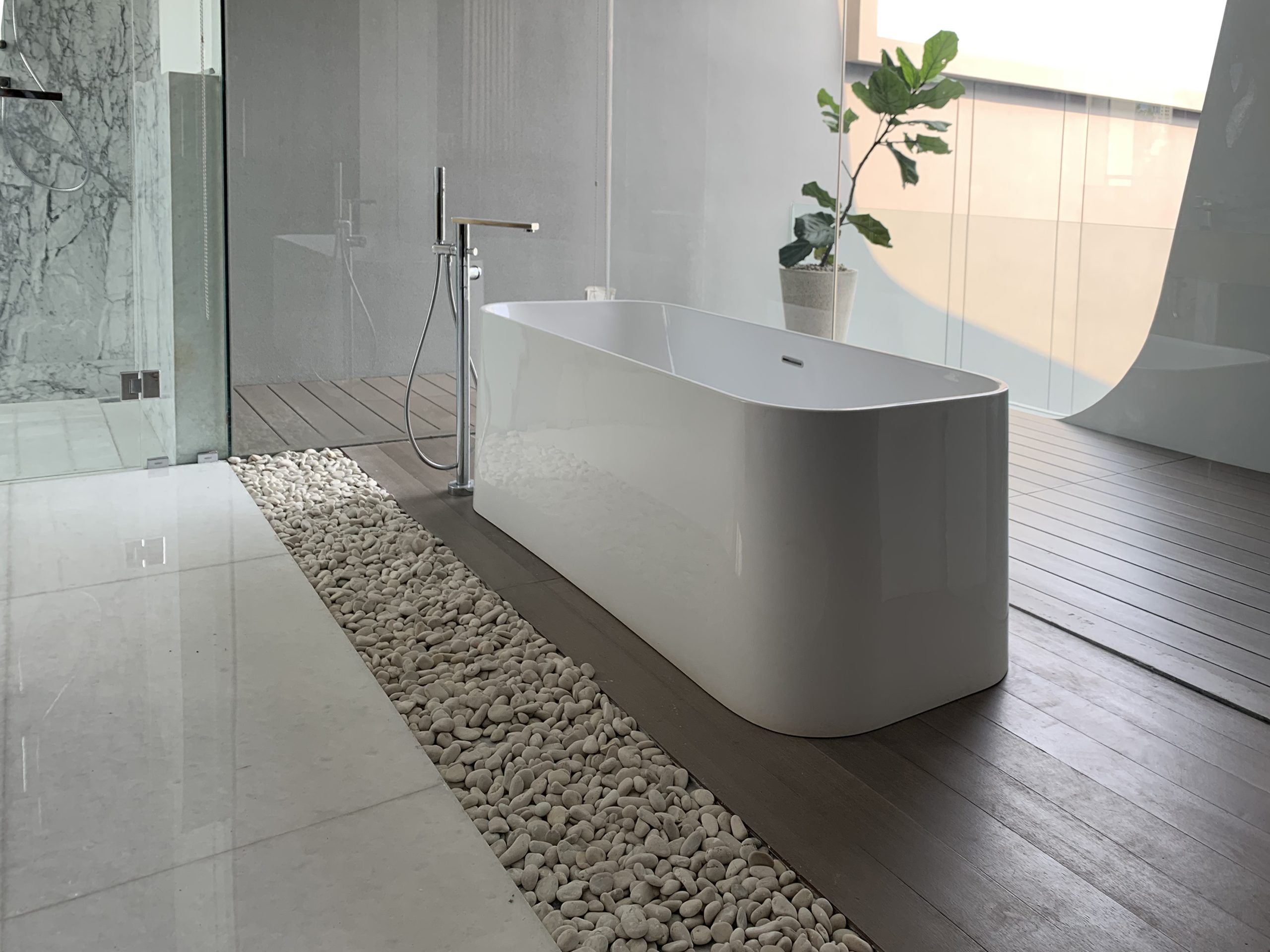
ReHolz materials, with their natural textures and timeless elegance, are ideal for minimalist aesthetic designs. Our Halda House project in Surabaya showcases how these materials can create a peaceful and inviting bathing experience. By incorporating ReHolz into your home, you can create smooth and elegant surfaces that will elevate your minimalist style.
Japandi design
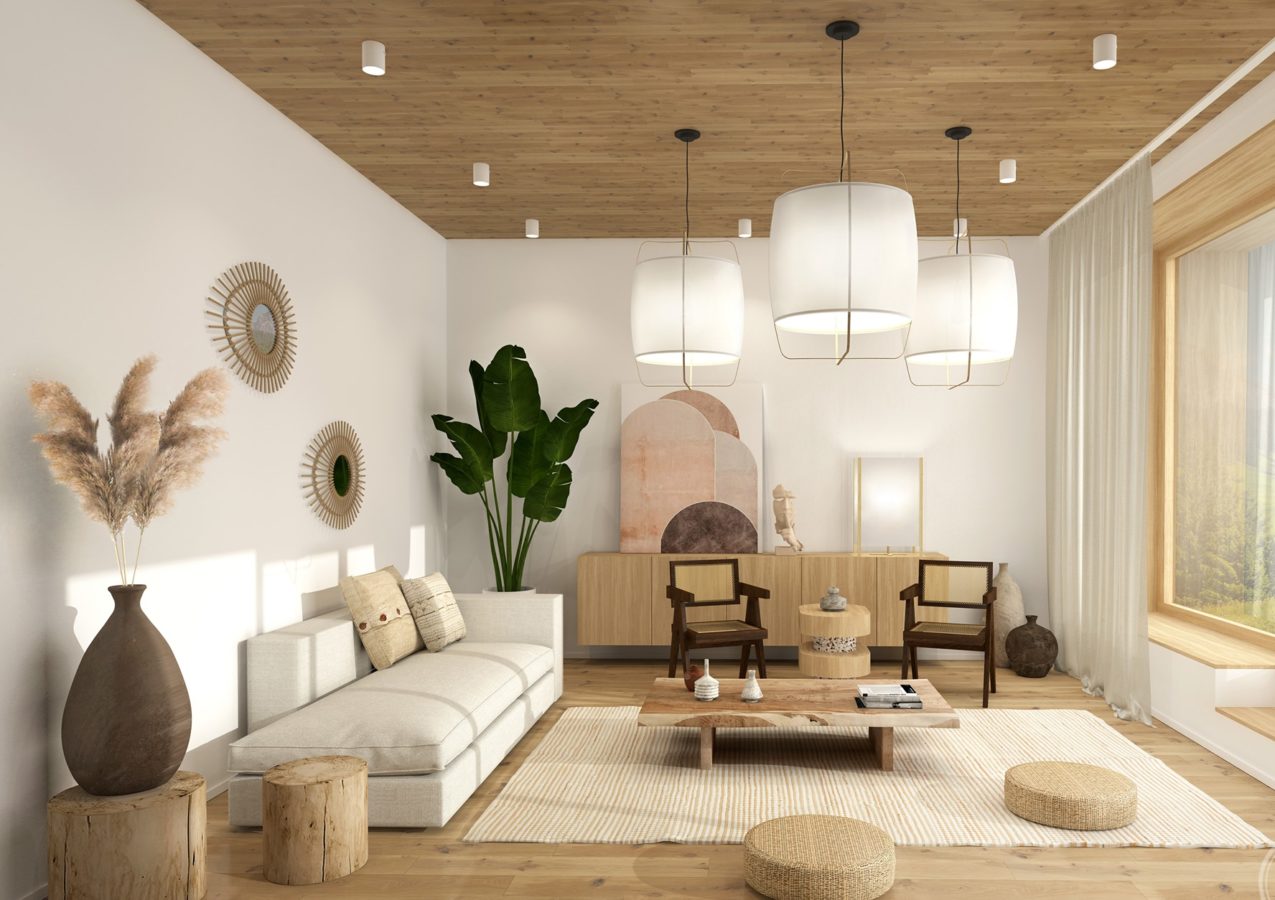
The love between East and West brings a new aesthetic to the design world!
Japandi style, a fusion of Japanese and Scandinavian design, is characterized by a balance of simplicity from Japanese aesthetic elements with Scandinavian elements that give warmth and comfort. The utilization of sustainable materials and natural features wonderfully captures the blend of this design.
As Laila Rietbergen, author of Japandi Living and Instagram influencer @japandi.interior, points out, “Maybe some people think Japandi just happened, but the relationship between Japan and Scandinavia started long ago.” It shows the origins of Japandi design is rooted in the historical ties between Japanese and Scandinavian design traditions
Both styles have their vision but the fusion of this blend can bring the elegant side of the design into reality. Let’s dive more to see the crucial elements between Japanese design and Scandinavian design that create an elegant blend to elevate your spaces,
The Main Characteristics of Japanese and Scandinavian Interior Design:
Japandi design in ReHolz project
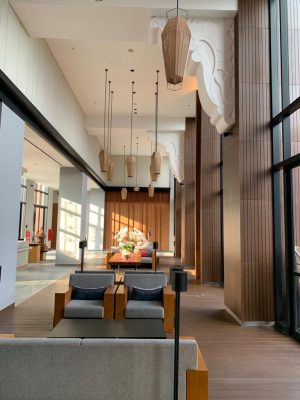
The natural texture and wood-oriented color in ReHolz materials perfectly suit the Japandi design. The Kokoon Hotel in Banyuwangi is a perfect example of this, showcasing how ReHolz can create a cozy and inviting atmosphere. The natural beauty of ReHolz adds warmth and comfort to the minimalist aesthetic of Japandi design.
Sustainable design

Modern concept inspired by tradition and nature.
Modern design concepts often draw inspiration from traditional styles and natural elements. Sustainable design, a key component of the circular economy, prioritizes environmental, social, and economic factors throughout a product’s lifespan, from the beginning to the disposal process. This approach ensures that the product is designed with minimal negative environmental and society impact.
As stated by David Bergman, Founder of DavidBergmanECO and author of Sustainable Design: A Critical Guide and the blog EcoOptimism, “Sustainable design is becoming more important in design schools. But how much it’s taught can vary. This raises questions for a program like ours that focuses on sustainability.”
Our ancestors were skilled builders who used natural materials to create sturdy and sustainable homes. However, with industrialization, the focus shifted to non-sustainable materials. As people became aware of the environmental impact, interest in sustainable design grew. ReHolz, a sustainable material, offers a solution for architects and designers looking to create beautiful and environmentally friendly buildings.
The Main Characteristics of Sustainable Interior Design:
- Sustainable material, such as restored woods, bamboo, natural stones, and recycled aluminum.
- Natural light
- Open airy space
- Energy efficiency
- Waste reduction
Sustainable design in ReHolz project
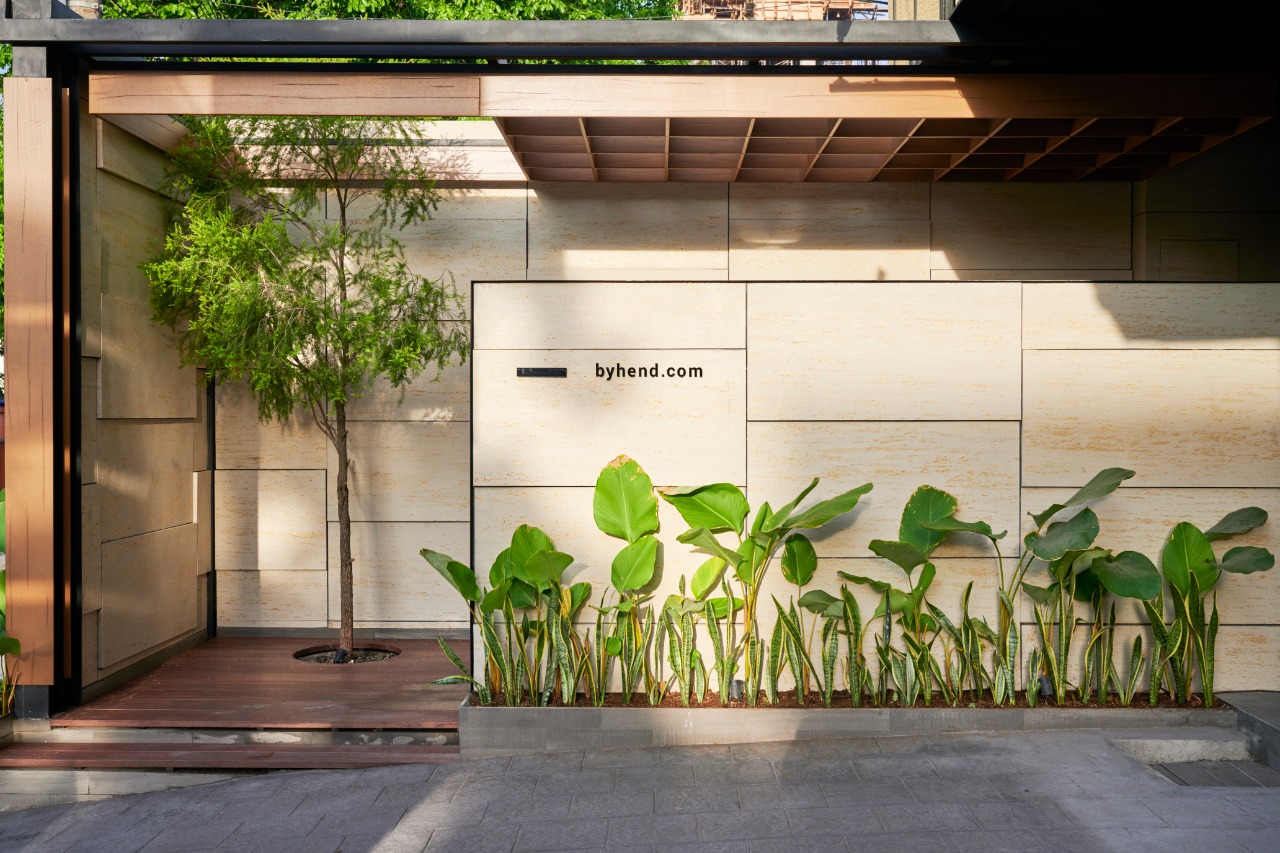
ReHolz is committed to a sustainable future by transforming natural resources into an eco-friendly building material. This innovative material offers architects, designers, and developers a valuable opportunity to embrace sustainable design practiceswhile maintaining aesthetic appeal and durability in their projects.
The HBH Showroom perfectly captured the beauty of sustainable style with its natural wood color and minimalist yet elegant design. The peaceful atmosphere, combined with natural light and aesthetic ceiling, creates a space that is both energy-efficient and timeless. ReHolz proves that sustainable living can be stylish and comfortable.
Conclusion
As we conclude, this year modernizing your home with trendy designs remains a popular choice. Minimalist and sustainable styles are leading the way. ReHolz, a sustainable building material, offers a way to achieve these looks while creating a beautiful and eco-friendly space. By choosing ReHolz, you can elevate your home’s design and contribute to a greener future. Out of these 3 styles, which one appeals to you the most for modern interiors?
Book an exclusive call with our expert team through this link and follow us on Instagram @re_holz for daily inspiration.
Share Article
See other article
A New Era of Sustainable Construction and Durability
A New era of durable and sustainable construction has begun and ReHolz stands firm at the forefront of this movement….
Cost-Benefit Analysis: Is Sustainable Building Really Affordable?
Indonesia ranks as the world’s 6th largest contributor to greenhouse gas (GHG) emissions and has increased the most compared to…
Flexible Design Journey Starts With A More Than Wood Material
Starting a flexible design journey can be easy with ReHolz, a sustainable solution for your building material selection. Fancy and…


